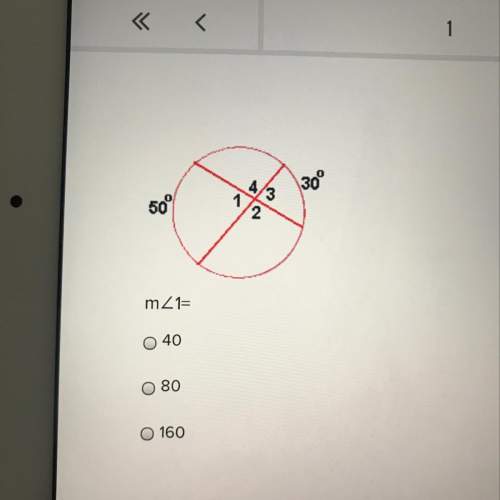
Mathematics, 14.06.2021 15:30 kleighlamb4901
Dominiq hizo el mismo experimento, pero él quiso saber cuál sería el efecto que obtendría llenándolas con arena; así que a la primera le puso 200 mg de arena. A la segunda 38.2 dg. A la tercera 6.35 cg. A la cuarta 1.030 g; y a la quinta 0.2 Dag. ¿Cuál fue la cantidad de arena que utilizó en total?

Answers: 2


Other questions on the subject: Mathematics


Mathematics, 21.06.2019 18:00, jeffylovesgreenbeans
Adj has a total of 1075 dance and rock songs on her system. the dance selection is 4 times the size of the rock selection. write a system of equations to represent the situation.
Answers: 1

Mathematics, 21.06.2019 18:00, ddoherty88
How much dextrose 70% must be mixed with dextrose 5% to prepare 1,000 ml of dextrose 20%?
Answers: 1

Mathematics, 21.06.2019 20:30, maxy7347go
Does the function satisfy the hypotheses of the mean value theorem on the given interval? f(x) = 4x^2 + 3x + 4, [−1, 1] no, f is continuous on [−1, 1] but not differentiable on (−1, 1). no, f is not continuous on [−1, 1]. yes, f is continuous on [−1, 1] and differentiable on (−1, 1) since polynomials are continuous and differentiable on . there is not enough information to verify if this function satisfies the mean value theorem. yes, it does not matter if f is continuous or differentiable; every function satisfies the mean value theorem.
Answers: 1
You know the right answer?
Dominiq hizo el mismo experimento, pero él quiso saber cuál sería el efecto que obtendría llenándola...
Questions in other subjects:




English, 24.04.2020 05:21





Mathematics, 24.04.2020 05:33





